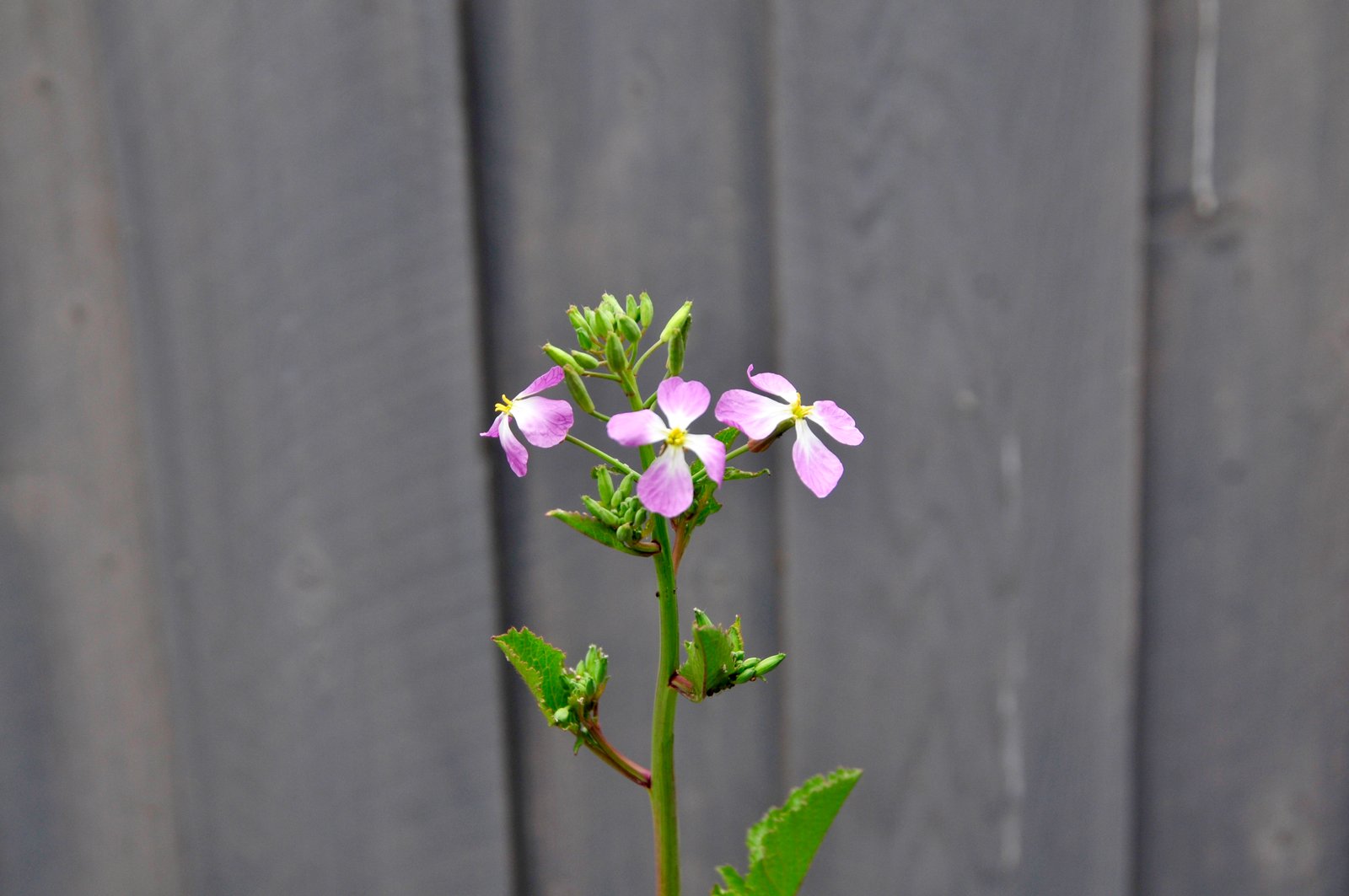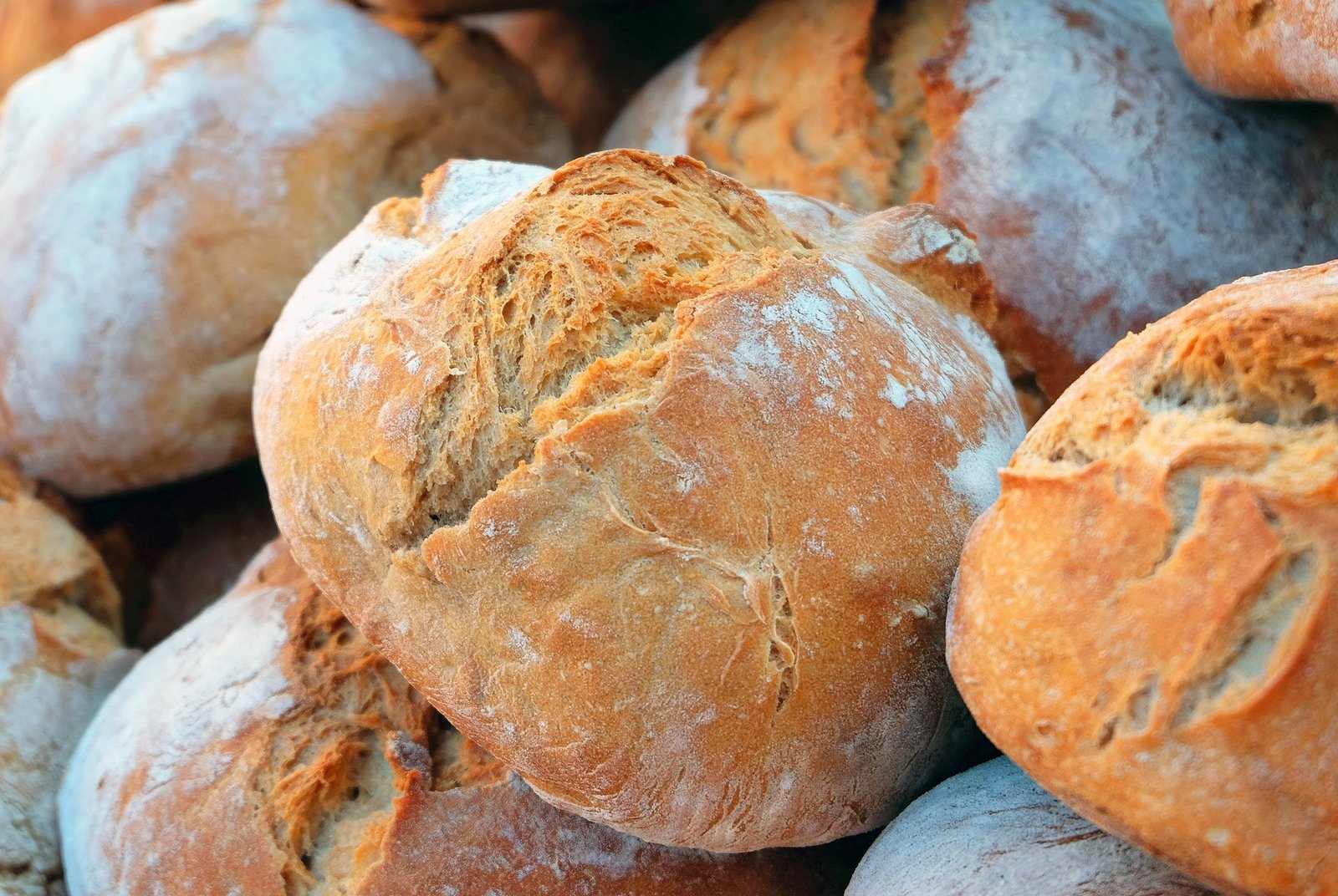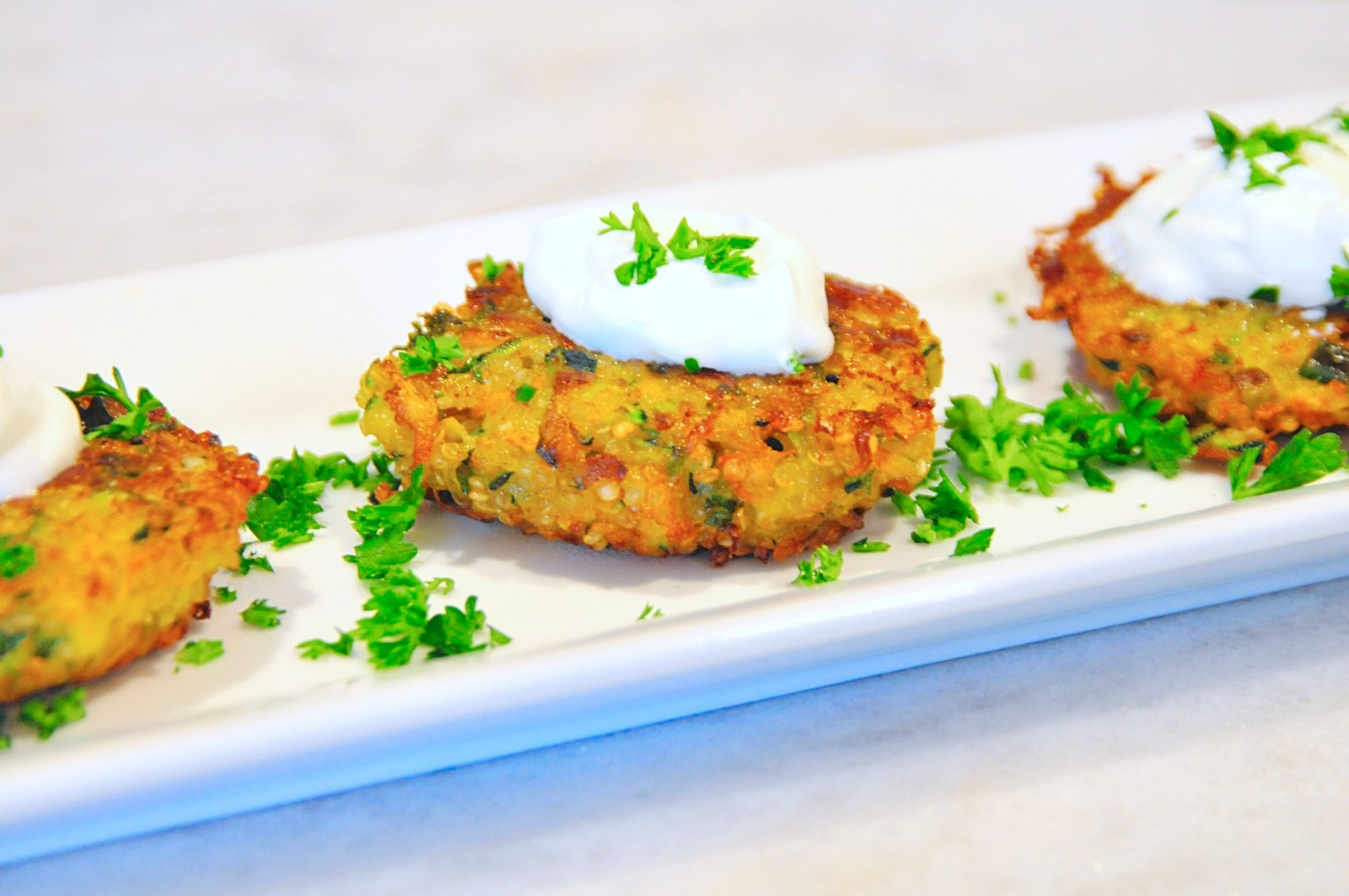I remember the first time I saw one of my cilantro plants bolt. I thought to myself, “I don’t remember cilantro from the grocery store having flowers…what’s going on here?” After a visit with Mr. Google, I learned all about what was going on. Bolting is the process when a plant transitions from primarily leafy growth, to flower and seed production. It is essentially a last ditch effort for the plant to spread its seeds and ensure survival of the next generation, which is why it is often also referred to as “going to seed”. You’ll know your plant has begun to bolt because it will suddenly produce growth that almost looks like broccolini.
So what triggers this process? Plant stress from poor weather conditions. Typically it is hot weather that’s beyond the ideal growing conditions for that particular plant, but bolting can be brought on by frosts as well. Hot weather warms the soil temperature, initiating the bolt. Because of this, you see more bolting in colder weather vegetables like radishes, broccoli, bok choy etc.
You’re probably wondering now, what next? Is the plant still edible after it bolts? Technically yes, but trust me when I say you won’t want to eat it. Bolting vegetables do not taste favorable to us. Lettuce that’s begun to bolt tastes bitter, and bolting radishes have a very tough, woodiness to them. You can get away with harvesting right when the first signs of bolting appear, but act quickly because the bolting transition is a rapid process.
I know, the thought of losing the veggies we’ve nurtured so tenderly over the last several months is absolutely dismal. So can we prevent bolting? Obviously we can’t control the weather, but we can control what varieties we sow. When seed shopping, read the descriptions and look for “slow to bolt” or “heat tolerant”. These are varieties that have been proven to be more tolerant of the warm weather, and thus slower to bolt. You can also extend your growing season by planting early–just make sure the conditions are good for your plant. Once a plant has started to bolt however, there’s nothing that can be done to reverse it.
With all that being said, there’s a bright light at the end of the bolting tunnel! What I prefer to do and highly recommend, is let Mother Nature do her thing and take in the beauty of the process. I’m referring to feeding the bees and seed harvesting! Bees are super drawn to the flowers produced during bolting, and believe me they will flock to your garden. It’s such a gratifying feeling being able to give back to these hard workers, not to mention the flowers are beautiful and add a wonderful pop of color to the garden.
Seed harvesting can occur once the flowers have started to dry up. I like to try to save as many seeds as possible, so I prefer to remove them in a contained environment. To do this, cut the stem below where the flowers and seed pods are. Put them into a tupperware or paper bag, seal it and shake. This will release the seeds so you can harvest them and save for next year. Amazing!
So don’t mourn the loss of your harvestable veggies once they bolt. Let it happen and enjoy watching the bees throw a party in your garden! Harvest your seeds and store them so you can save some money and enjoy your veggies again next season. We all know how quickly those seed catalogue purchases can add up, am I right??
Happy bolting!


 Confessions of a Former Gluten Glutton
Confessions of a Former Gluten Glutton
Leave a Reply